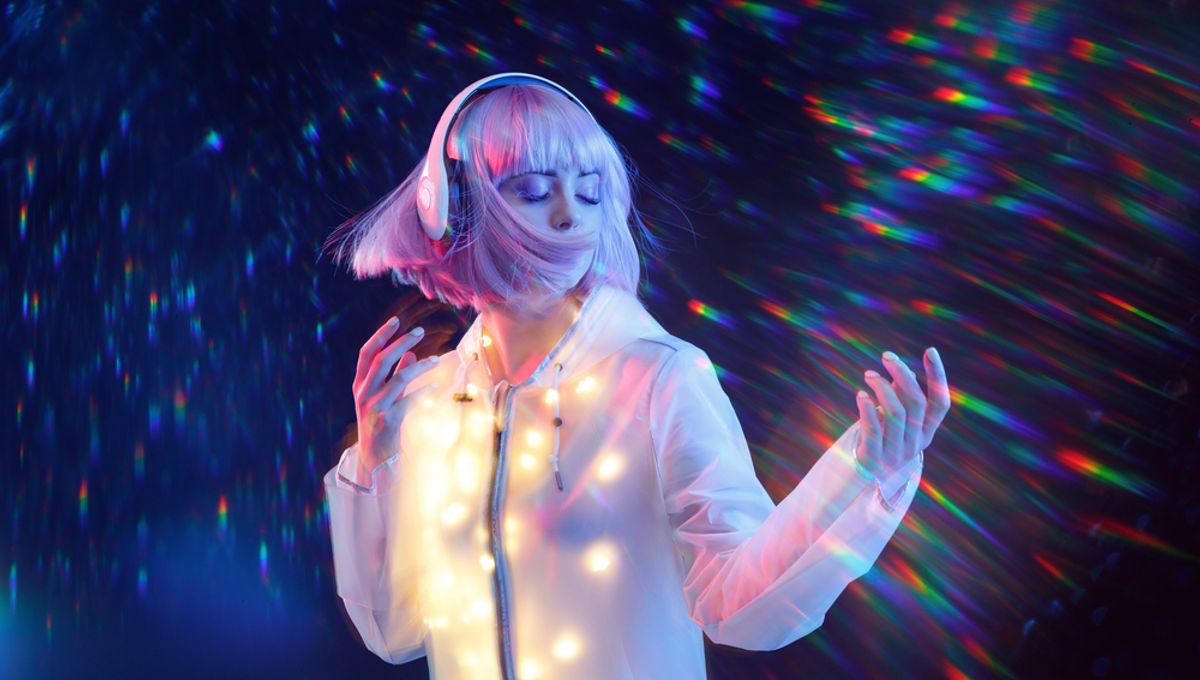
Throughout history, twin studies have yielded some incredible scientific insights – NASA even sent one of a pair of identical twins to space. The opportunity to study this unique group is too good to pass up, and now a new analysis of twin data has drawn a fascinating link between autism and the mysterious phenomenon of synesthesia.
Many people will have heard of synesthesia in the context of people who can “see” music, but in reality the different sensory effects of the condition can go far beyond that. Some people can “taste” words; others “see” time, or in the case of one blind person, “feel” time as a texture. And, in the far less fun example of mirror-touch synesthesia, a small percentage of people can literally feel the bodily sensations being experienced by those around them – including pain.
In all cases, synesthesia comes down to a crossing of the wires between different sensory processes in the brain. In trying to learn why this occurs, scientists have previously observed that autistic people are also more likely to have synesthesia, but that still left them no closer to understanding exactly what this link might be.
Something else that’s been noticed about synesthesia is that it tends to run in families. Speculating that there could therefore be some genetic inheritance at work, a team of scientists turned to data from the Child and Adolescent Twin Study in Sweden (CATSS), which included twins born between 1999 and 2003.
The final sample included 2,131 pairs of twins, of which 658 were identical, 765 were non-identical but of the same sex, and 708 were non-identical and of different sexes. Participants were screened for eight of the more common types of synesthesia, including types where letters or numbers trigger the perception of a color, and also took part in an assessment for autistic traits.
The results showed that self-reported synesthesia was strongly linked to a category of traits frequently seen in autistic people, known as the RRBI-D domain, which stands for “repetitive behaviors, restricted interests and attention to detail.” These can include things like an intense, highly-focused interest in a topic, attachment to particular objects, or performing repetitive movements such as hand-flapping (often known as self-stimulating behavior or, more colloquially, “stimming”).
“The association between individual differences in synaesthesia and autistic traits was estimated to be predominantly under genetic influence and seemed to be mainly driven by non-social autistic traits (repetitive behaviours, restricted interests and attention to detail),” the authors wrote in their paper.
As such, they concluded that “the link between synaesthesia and autism might reside in shared genetic causes, related to non-social autistic traits such as alterations in perception.”
Whilst the genetic connection appears to play the strongest role, according to the study results, environmental factors that differed between each member of a set of twins were also implicated. The authors note that this is in line with previous research, which has shown environment to be a particular factor in the development of types of synesthesia in which numbers and letters are perceived as having colors.
There are some limitations to the research, such as the fact that not all possible types of synesthesia could be included and the fact that the synesthesia data relied on self-reporting, which is always open to bias. But the study team is optimistic that more work will follow, to build on the evidence they’ve gathered and hopefully improve our understanding of both autism and synesthesia:
“We hope that our findings will inspire future research on environmental factors influencing synaesthesia, the shared genetic mechanisms of autism and synaesthesia, and the specific behavioural features shared between the two phenomena, informing their shared and non-shared aetiology.”
The study is published in Proceedings of the Royal Society B: Biological Sciences.
Source Link: Autism And Synesthesia May Have A Genetic Link, New Twin Study Reveals